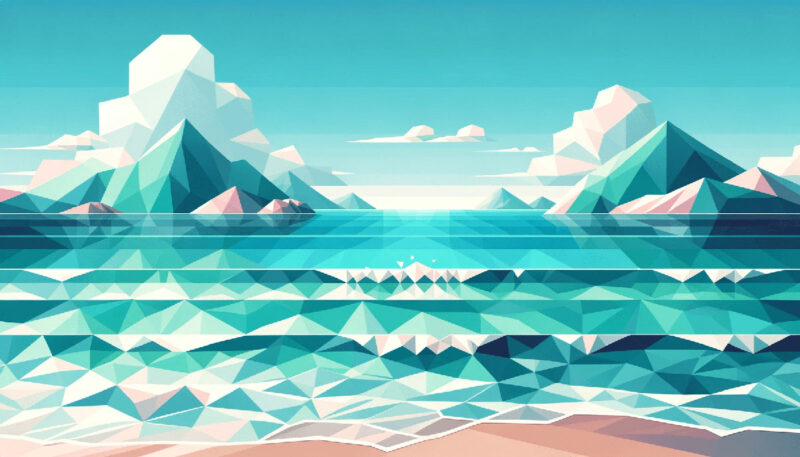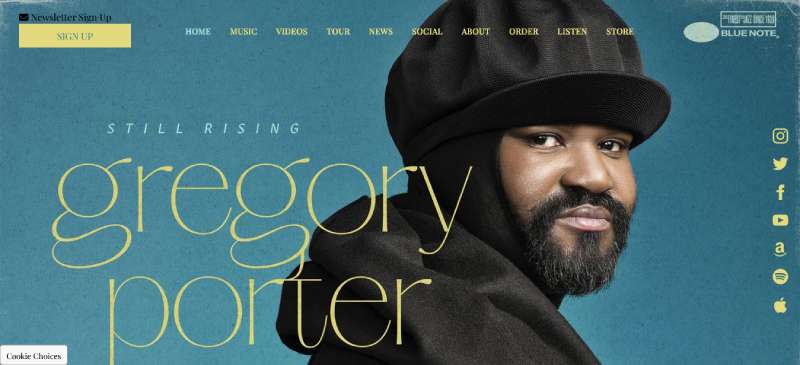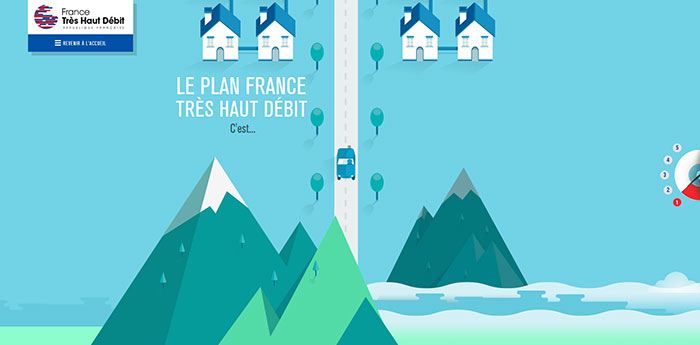Picture this: a vibrant canvas, every stroke of the brush a leap toward leadership in the dynamic world of creative design. You’re at the director’s chair, not just painting, but orchestrating a symphony of imagery and innovation. This is where art meets ambition – the path to becoming an art director.
In this realm, visual communication and creative leadership blend seamlessly, crafting stories that captivate and inspire. It’s a role beyond the ordinary, a pinnacle for many in the visual arts industry.
Here’s the scoop: commitment meets opportunity, and skills tie the knot with artistic vision. That’s the journey we’re unfolding – how to transform your creative design experience into the title of Art Director.
Step into the world of design strategy and multimedia campaigns.
By the final curtain, you’ll have unlocked the mysteries of climbing the ranks in advertising, or leading a design team.
Ready to dive in? Let’s chart the course, no fluff, straight to the heart of the matter.
The Path to Becoming an Art Director
Educational Requirements
High School Preparation
Your journey to becoming an art director can start as early as high school.
Taking art, computer graphics, and design classes during this period could give you a head start.
Bachelor’s Degree
Most art directors hold at least a bachelor’s degree. It’s usually in a field related to art or design, like graphic design or fine arts.
But don’t fret if your degree is in another field. Art direction values creativity and vision, not just credentials.
Master’s Degree
Does this mean you need a master’s degree?
Not necessarily.
While some art directors choose to get a Master of Fine Arts or a similar degree, many others climb up the ranks purely based on their portfolio and experience.
Relevant Courses and Subjects
During your academic journey, focus on subjects that nurture creativity and practical skills.
This could include classes in art history, graphic design, photography, and even marketing.
Each of these topics lends a different perspective, all of which can be handy in art direction.
Importance of Internships and Work Experience
In the world of art and design, your portfolio is king.
And there’s no better way to build a strong portfolio than through internships and work experience.
Getting hands-on experience early on will not only help you develop your skills but will also give you a taste of the industry.
Essential Skills for an Art Director

Creativity and Vision
As an art director, you need to be brimming with ideas. You’ll be the one to brainstorm, conceptualize, and develop unique visual strategies that align with the brand’s message.
You’re the visionary who looks at a blank canvas and sees a masterpiece waiting to unfold. Creativity is the essence of your role.
Time Management
In the world of advertising, deadlines are everything. Juggling multiple projects, prioritizing tasks, and delivering high-quality work on time is the name of the game.
Effective time management is not just a desired skill, it’s an absolute must.
Drawing and Design Skills
Now, you don’t need to be the next Da Vinci, but having solid drawing and design skills can make a big difference.
They’ll enable you to clearly communicate your ideas, whether you’re creating a rough sketch or guiding a designer in creating a layout.
Communication and Leadership Skills
Art directors aren’t lone wolves. They’re team players and leaders. You’ll work with a variety of people, from photographers and designers to copywriters and clients.
Excellent communication and leadership skills are crucial to bring everyone together and drive the creative vision forward.
Different Types of Art Directors
Graphic Designer
As a graphic designer, you can work your way up to the role of an art director.
You’ll be handling design elements for various types of media, and with time, you’ll oversee other designers to ensure consistency and creativity.
Multimedia Animator
As a multimedia animator, your stepping stone towards art direction would involve creating animations or visual effects for media like television, movies, or video games.
Your mastery in bringing visuals to life can translate well into the role of an art director.
Film Art Director
A film art director works on creating the overall look of a film, from sets and props to costumes and special effects.
If you love storytelling and visual drama, this might be your path to becoming an art director.
Advertising Art Director
This is where we come full circle to our initial question, how to become an art director in advertising?
In this role, you’re in charge of the visual strategy for advertising campaigns.
You’ll collaborate with copywriters to ensure that both the visuals and text work together harmoniously to convey the brand’s message.
The Work Environment of an Art Director

Typical Work Settings
Art directors can be found in a variety of settings, from advertising and public relations agencies to newspaper and magazine publishers, even in the film industry.
Some art directors work freelance, providing their creative expertise to multiple clients.
Travel Requirements
Travel isn’t usually a large part of an art director’s job, but it can vary depending on the industry and the specific project.
You might travel to meet with clients or to oversee shoots, but most of your work will likely take place in a studio or office.
Working Hours and Conditions
Creativity doesn’t always stick to a 9-5 schedule.
While art directors typically work full time, longer hours are common, especially as project deadlines approach.
Career Progression and Opportunities
Entry-Level Roles
Most art directors begin their journey in entry-level roles such as graphic designers, illustrators, or photographers.
This is where you’ll gain hands-on experience and begin to build your portfolio.
Mid-Level Roles
Mid-level roles might include being a senior designer or creative lead.
At this stage, you’ll likely have more responsibilities and may begin to oversee the work of junior staff.
Senior-Level Roles
Once you’ve got plenty of experience and a strong portfolio under your belt, you could step into a senior role as an art director.
Here, you’ll oversee the entire creative process and make crucial decisions about the visual elements of a project.
Salary and Job Outlook
Average Salary at Different Levels

The salary of an art director can vary greatly, depending on factors like experience, industry, and location.
Entry-level positions typically come with lower salaries, but as you gain experience and move up to mid-level and senior positions, your earning potential can increase significantly.
If you look online, Glassdoor says $87k per year, while the US Bureau of Labor Statistics says $100k. Either way, it’s a good yearly wage.
Job Growth and Demand in the Market
The demand for art directors is expected to continue to grow.
Despite the rise of digital media, there will always be a need for skilled creatives who can deliver strong visual strategies.
FAQ About How To Become An Art Director
Do I need a specific degree to become an art director?
Absolutely. A degree in a field like graphic design or visual communication typically sets the stage. But hey, it’s not just the diploma—it’s your portfolio that often speaks volumes. Strive to show diverse, creative projects that highlight your concept development prowess.
What’s the difference between an art director and a creative director?
Think of it this way: an art director gets hands-on, driving the visual elements of a project. Creative directors? They oversee the whole creative vision, not just visuals but also messaging. Both lead, sure, but at different altitudes in the creative industry.
How much experience do I need before aiming for an art director position?
Real talk, it’s a climb. Start with building a solid foundation, usually a few solid years, say, five or more, in roles like graphic designer or illustrator. Climb that ladder with experience in varied design projects and team collaboration.
Which skills are essential for art directors?
Beyond a keen artistic vision, grasp digital design tools like Adobe’s Creative Cloud. Communication skills, my friend, are gold when you’re leading teams or presenting to clients. Oh, and can’t forget creative project management—juggling deadlines and resources is part of the gig.
Is it important to have a mentor in this field?
Big yes. A mentor can offer you a treasure map of industry insights, help you navigate through multimedia campaigns, and hone those leadership skills. Their experience can point you to the right professional networking events and strategies — a shortcut to wisdom.
What types of industries can I work in as an art director?
Where does creativity glow? Advertising, publishing, film, you name it. Digital media? Certainly. Marketing agencies? Definitely. You’ll find art directors across the board wherever there’s a story to be told visually.
Should I freelance or aim for agency work?
Both paths have their shine. Freelancing throws diverse projects your way; great for growing that portfolio. Agency life? It’s like boot camp for collaboration and creative strategy mastery. Your call, depends on your personal work preference and lifestyle.
How do I stay updated with design trends and techniques?
Stay hungry for knowledge. Webinars, online courses, design workshops—never stop learning. Plus, devour design publications like Communication Arts and keep tabs on digital galleries like Behance. Keep brushing up your skills; this field moves fast!
Can certification help me in becoming an art director?
While not mandatory, certifications highlight your commitment. Getting credentials from recognized organizations like AIGA or taking advanced design courses can polish your profile. They’re also great networking opportunities. Stand out, you know?
What’s the outlook for art directors in the job market?
Bright as a polished lens, with a but. Competition’s stiff, no denying. But, multimedia campaigns evolve, brands need fresh perspectives, and digital platforms keep popping. Growth’s there for those who keep their creative strategy sharp and adapt fast. Stay on your toes!
Conclusion
Embarking on the journey of how to become an art director is akin to composing a visual symphony, where every element, from conceptual design to creative workflow, must harmonize. You’ve now traversed the landscape of artistic direction, plucking insights like strings to construct a melody that’s uniquely yours.
Remember, this vision quest doesn’t end here. Continually sharpen your creative leadership skills. Stay abreast with the pulse of design strategy—it’s dynamic, ever-evolving like the pages of a magazine in a gentle breeze. Embed yourself within the visual arts industry, growing roots deep through continuous learning and professional networking.
Let your portfolio echo your prowess, and let each creative project be a crescendo of your capabilities. May your steps toward the role of an art director be as bold and confident as the strokes on a canvas. This is not just a career; it’s an art form. And you? You’re the artist.
If you liked this article on how to become an art director, you should check out this article about graphic designers vs UX designers.
There are also similar articles discussing graphic designer vs illustrator, graphic designer vs art director, graphic designer vs web designer, and graphic designer vs digital artist.
And let’s not forget about articles on graphic designer vs visual designer, graphic designer vs animator, how to become an illustrator, and how to become a graphic designer.
- Deep Dive: Sea Color Palettes for Tranquil Designs - 3 May 2024
- The Stella Artois Logo History, Colors, Font, And Meaning - 2 May 2024
- Sky Color Palettes for Fresh Designs: 40 Examples - 2 May 2024









